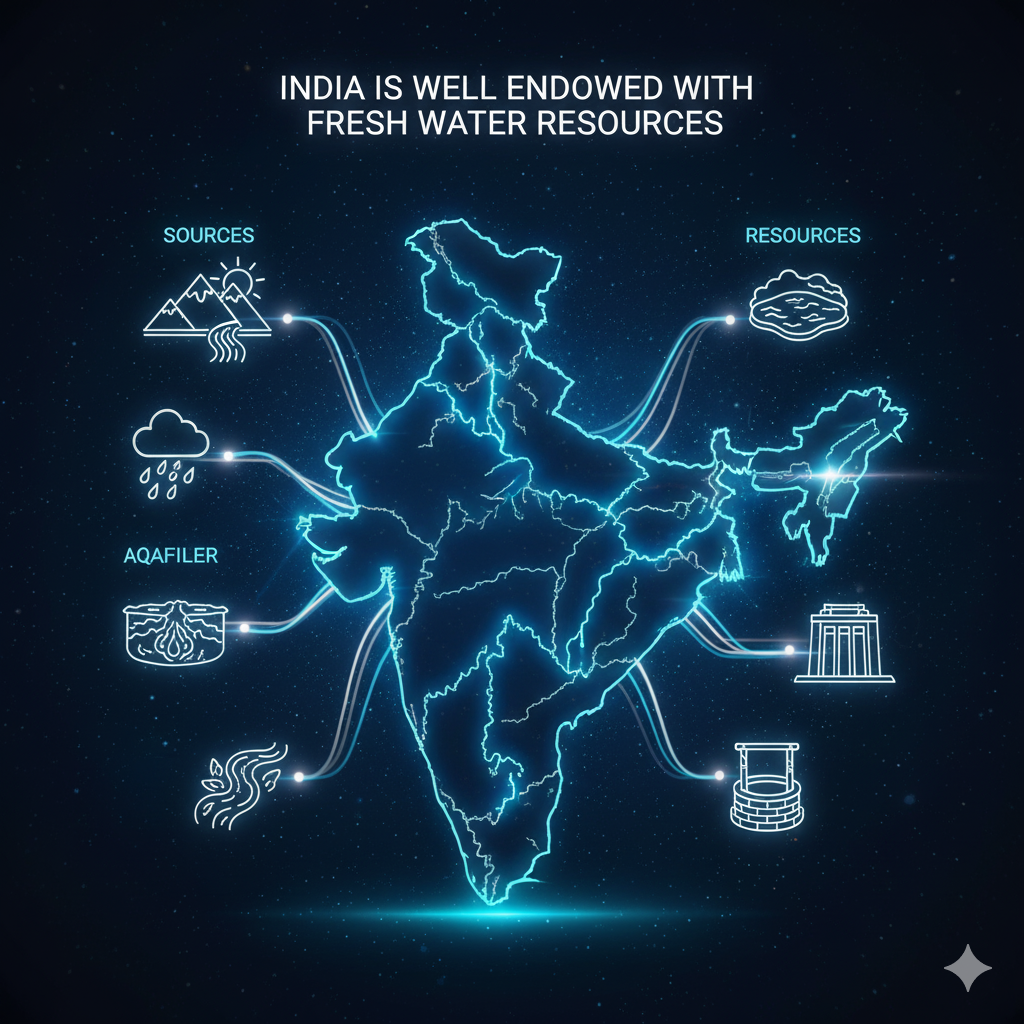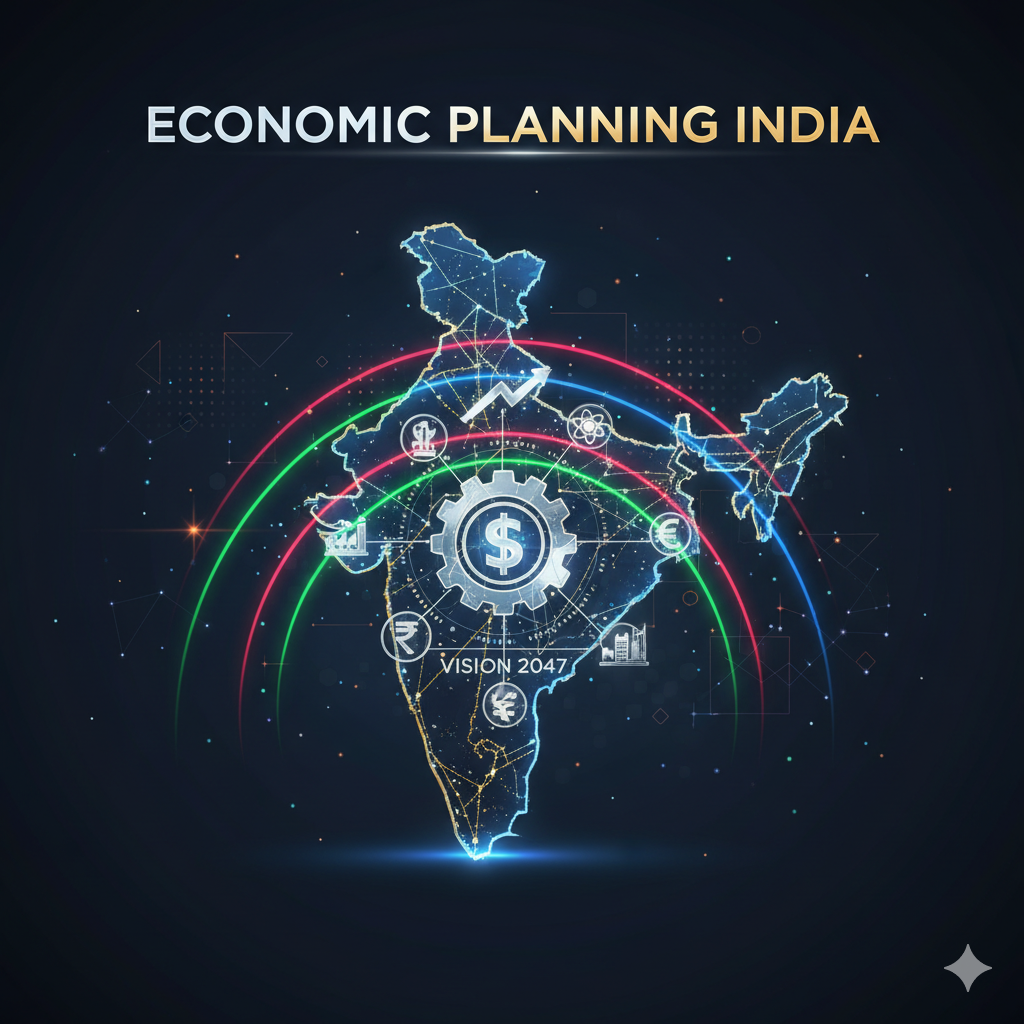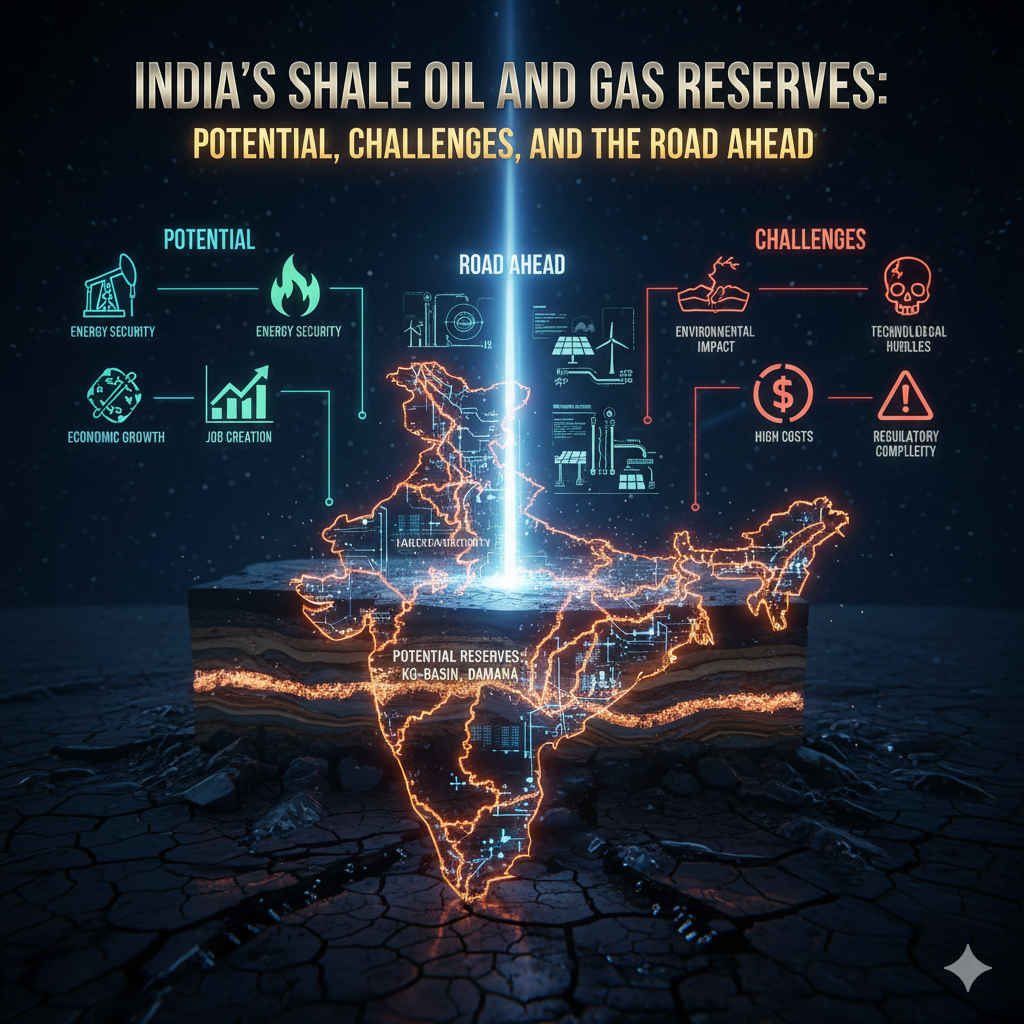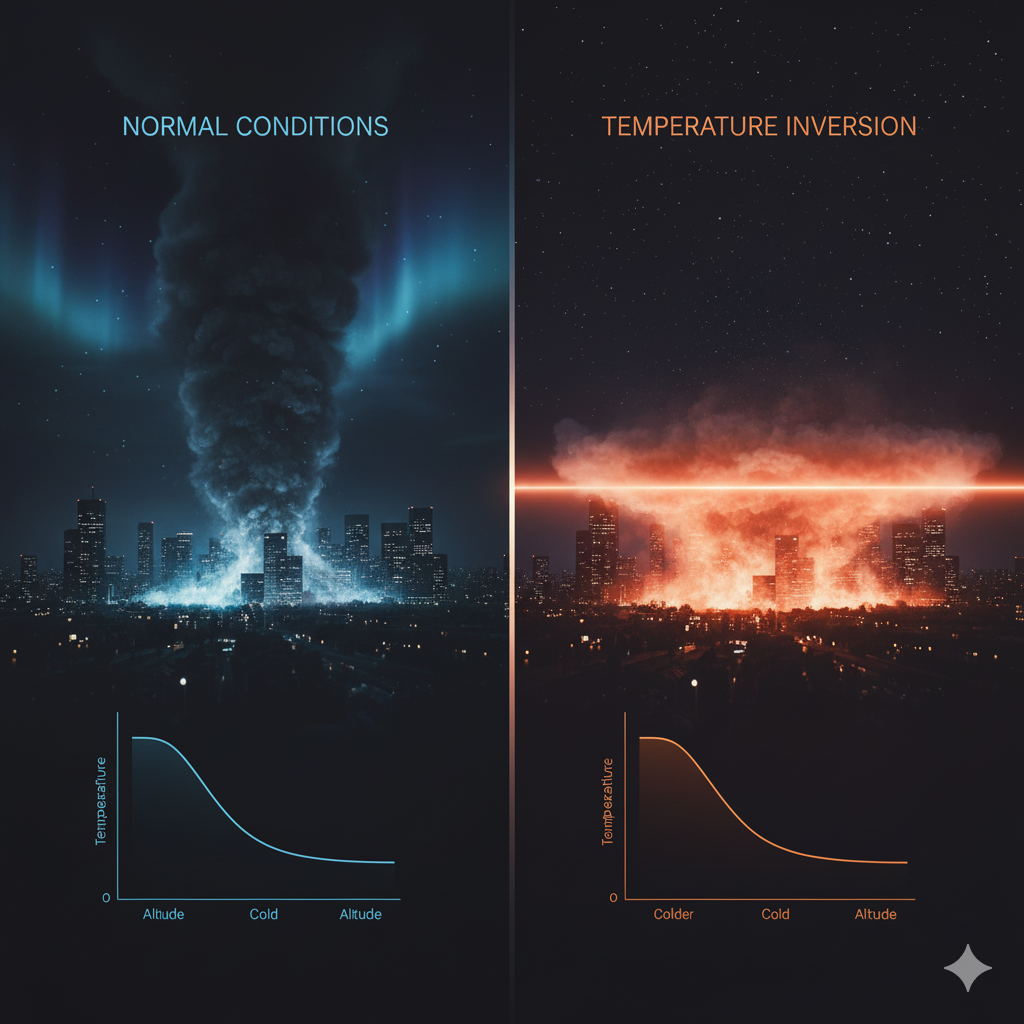Introduction
India is geographically and hydrologically blessed with abundant freshwater resources. The country receives an average annual precipitation of around 4000 billion cubic meters (BCM), which is nearly 4% of the world’s total fresh water, while supporting nearly 18% of the global population. Major perennial rivers like the Ganga, Brahmaputra, and Indus systems, along with vast groundwater aquifers, lakes, and wetlands, provide India with significant natural water endowment. Despite this richness, India is paradoxically facing acute water scarcity across many regions.
Water scarcity in India is not merely the result of natural limitations but is largely a consequence of mismanagement, inequitable distribution, overexploitation, and human-induced stress on resources. The paradox highlights the complex interaction between natural abundance and socio-economic realities. This essay critically examines the reasons why India, despite being well endowed with freshwater resources, continues to grapple with severe water crises.
Freshwater Endowment in India
- Precipitation:
- Average annual precipitation: ~4000 BCM.
- Utilizable water (due to runoff, storage, evaporation losses): ~1123 BCM.
- River Systems:
- Major rivers: Ganga, Yamuna, Brahmaputra, Godavari, Krishna, Narmada, Mahanadi.
- Himalayan rivers provide perennial flow; peninsular rivers are monsoon-fed.
- Groundwater:
- India has one of the largest groundwater reserves in the world (~432 BCM annually replenishable).
- Supports nearly 60% of irrigation and 80% of drinking water needs.
- Lakes, Tanks, Wetlands, and Reservoirs:
- Natural and man-made reservoirs like Chilika Lake, Loktak Lake, and Bhakra Nangal Dam enhance water availability.
Clearly, India is not inherently water-deficient but suffers from structural and management issues.
Defining Water Scarcity in India
Water scarcity is not just about the absolute availability of water but also about accessibility, distribution, quality, and sustainability. According to NITI Aayog’s Composite Water Management Index (2019), nearly 600 million people in India face high to extreme water stress, and about 21 cities could run out of groundwater by 2030.
Thus, India’s crisis is a mixture of physical water scarcity (low availability in arid regions like Rajasthan) and economic water scarcity (infrastructure, policy, and management failures in states like Bihar, Jharkhand).
Causes of Water Scarcity in India
1. Overdependence on Monsoons
- Nearly 80% of India’s annual rainfall is concentrated within 3–4 months (June–September).
- This seasonality creates floods during monsoons and drought-like conditions in lean periods.
- Poor storage infrastructure fails to harness excess rainfall.
2. Unequal Spatial Distribution of Water
- While the Ganga-Brahmaputra basin is water-rich, arid regions like Rajasthan, Gujarat, and Deccan Plateau are water-stressed.
- This regional imbalance exacerbates scarcity despite national abundance.
3. Overexploitation of Groundwater
- India is the largest groundwater extractor in the world (over 250 BCM annually).
- Green Revolution states (Punjab, Haryana, UP) have seen falling water tables due to paddy-wheat cropping cycles.
- Over 60% of India’s districts face critical or over-exploited groundwater conditions.
4. Inefficient Agricultural Practices
- Agriculture consumes nearly 80–85% of India’s freshwater.
- Water-intensive crops like paddy and sugarcane are grown in unsuitable regions (e.g., sugarcane in drought-prone Maharashtra).
- Flood irrigation methods waste significant amounts of water.
5. Population Pressure and Urbanization
- With 1.4 billion people, India’s per capita water availability has reduced from 5200 m³ in 1951 to less than 1500 m³ today.
- Urban sprawl increases domestic demand while polluting nearby rivers and lakes.
6. Pollution and Water Quality Degradation
- Industrial effluents, untreated sewage, and agricultural runoff contaminate surface and groundwater.
- 70% of India’s water is contaminated, according to NITI Aayog (2018).
- Rivers like Yamuna and Sabarmati face severe ecological stress.
7. Climate Change
- Rising temperatures intensify droughts, alter monsoon patterns, and increase glacial melt in the Himalayas.
- Erratic rainfall increases both flood risks and dry spells.
8. Poor Water Management and Infrastructure
- Lack of rainwater harvesting, inefficient irrigation, and leaky urban supply systems waste water.
- Inter-state water disputes (e.g., Cauvery, Krishna) delay cooperative water management.
9. Traditional Water Systems Neglected
- India historically had sustainable systems like tanks, step-wells, and johads.
- Modern reliance on borewells and canals has led to the decline of community water structures.
10. Policy and Governance Failures
- Fragmented water governance between multiple agencies.
- Weak enforcement of water laws and lack of integrated water resources management.
- Water pricing policies often fail to encourage conservation.
Critical Examination: Why India Suffers Despite Endowment
- Resource-Rich but Mismanaged
- India’s natural endowment is wasted due to poor infrastructure (only 30–40% of rainfall is stored).
- India’s natural endowment is wasted due to poor infrastructure (only 30–40% of rainfall is stored).
- Quantity vs Quality
- While water availability is adequate in many regions, pollution renders it unfit for human use.
- While water availability is adequate in many regions, pollution renders it unfit for human use.
- Short-term Agricultural Gains vs Long-term Sustainability
- Green Revolution ensured food security but created groundwater crises in Punjab and Haryana.
- Green Revolution ensured food security but created groundwater crises in Punjab and Haryana.
- Urban Development vs Ecological Balance
- Cities prioritize industrial and domestic supply at the cost of river health.
- Cities prioritize industrial and domestic supply at the cost of river health.
- Equity and Access Issues
- Rural poor and marginalized groups face scarcity even in water-abundant states due to weak distribution systems.
- Rural poor and marginalized groups face scarcity even in water-abundant states due to weak distribution systems.
- Climate Change as a Stress Multiplier
- Amplifies existing mismanagement by making monsoons erratic and glaciers unstable.
Thus, India’s water scarcity is man-made to a large extent and not simply a function of natural limitations.
Consequences of Water Scarcity
1. Agriculture and Food Security
- Reduced yields due to lack of irrigation.
- Crop failures leading to farmer distress and suicides.
2. Economic Impact
- Industry suffers from water shortages, affecting GDP growth.
- Energy sector hit due to reduced hydropower potential.
3. Social and Political Conflict
- Inter-state river disputes (Cauvery, Krishna, Ravi-Beas).
- Rural-urban water conflicts intensify.
4. Public Health
- Contaminated water causes diseases like diarrhea, cholera, and fluorosis.
5. Ecological Damage
- Loss of wetlands, desertification, and biodiversity decline.
- Reduced river flows harm aquatic ecosystems.
Measures to Address Water Scarcity
1. Improving Agricultural Water Use
- Shift from water-intensive crops to millets and pulses.
- Promote micro-irrigation techniques (drip, sprinkler).
- Encourage crop diversification and precision farming.
2. Rainwater Harvesting and Groundwater Recharge
- Revive traditional tanks, johads, and stepwells.
- Mandate rooftop rainwater harvesting in urban areas.
3. River Basin Management
- Integrated water resource management (IWRM) at basin level.
- Encourage cooperative federalism for inter-state rivers.
4. Pollution Control
- Strengthen enforcement of pollution laws.
- Treat industrial and municipal waste before release into rivers.
5. Urban Water Efficiency
- Reduce leakages in pipelines.
- Promote greywater recycling and wastewater treatment.
6. Policy and Governance Reforms
- Establish a National Water Authority for integrated planning.
- Rationalize water pricing to discourage wastage.
7. Climate-Resilient Strategies
- Build resilience against droughts and floods.
- Encourage watershed development and afforestation.
8. Public Awareness and Community Participation
- Involve communities in managing water resources.
- Promote behavioural change campaigns like “Catch the Rain” mission.
Case Studies
- Rajasthan (Traditional Johads):
- Revival of johads in Alwar by Rajendra Singh improved groundwater levels and reduced scarcity.
- Revival of johads in Alwar by Rajendra Singh improved groundwater levels and reduced scarcity.
- Punjab and Haryana:
- Overexploitation of groundwater due to paddy cultivation highlights unsustainable farming practices.
- Overexploitation of groundwater due to paddy cultivation highlights unsustainable farming practices.
- Chennai (2019 Water Crisis):
- Despite high rainfall, poor storage and management left the city dependent on tanker water.
- Despite high rainfall, poor storage and management left the city dependent on tanker water.
- Maharashtra (Sugarcane Cultivation):
- Water-intensive sugarcane in drought-prone Marathwada worsened scarcity.
Conclusion
India’s water paradox — being naturally endowed yet water-scarce — reflects the consequences of human mismanagement, overexploitation, and unsustainable practices. The challenge is not the absolute lack of water but how it is distributed, used, and conserved. With growing population, urbanization, and climate change, India’s water crisis will intensify unless urgent reforms are undertaken.
A multi-pronged approach involving efficient agriculture, pollution control, rainwater harvesting, urban water reforms, and community participation is the way forward. India must shift from a supply-side focus to a demand management and conservation-oriented strategy. Only then can India translate its freshwater abundance into water security for future generations.




